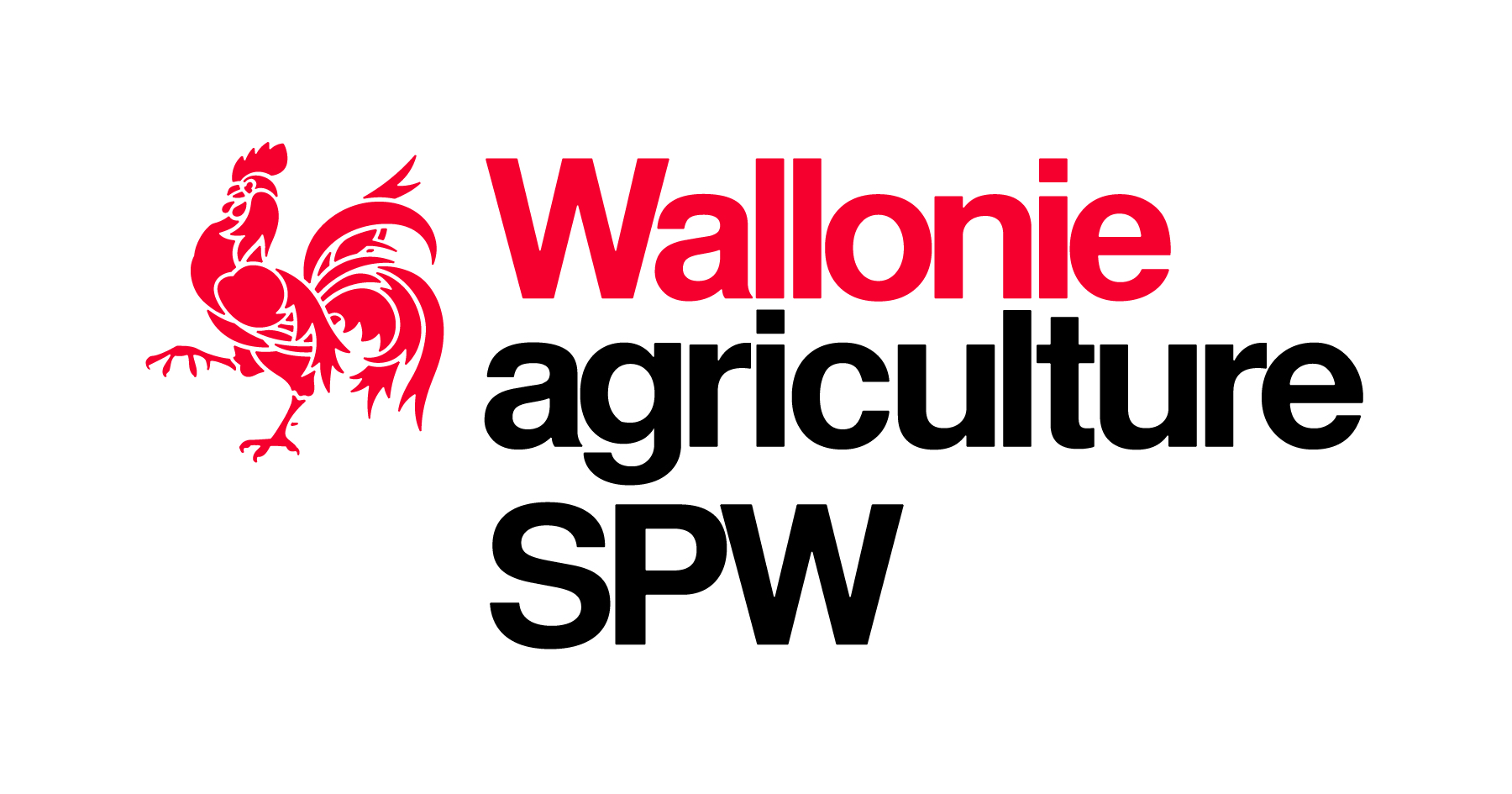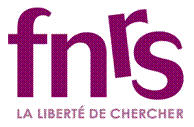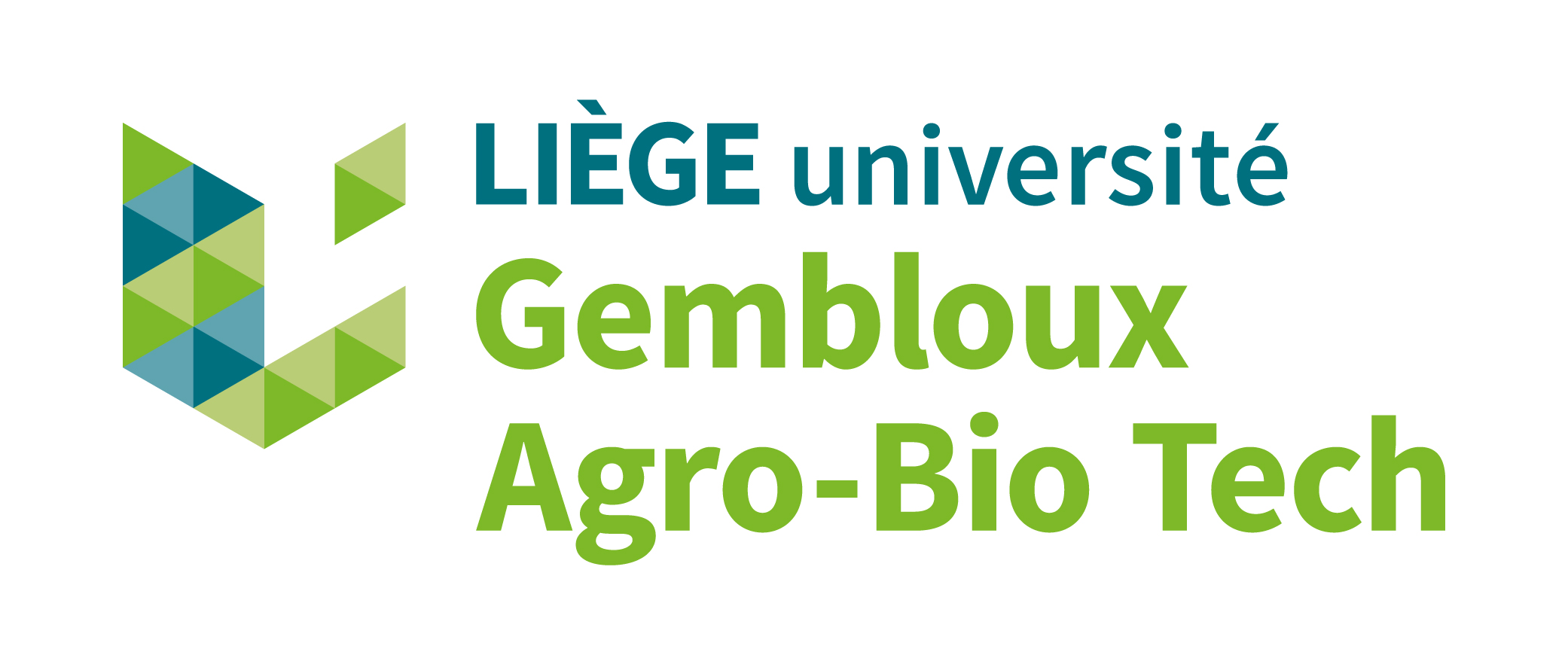Evaluations developed and computed
by Numerical genetics, Genomics and Modeling group of Gembloux Agro-Bio Tech
|
|
AUGUST, 21, 2025 |
August Routine Run
|
|
APRIL, 3 2025 |
April Routine Run
|
|
DECEMBER, 5 2024 |
December Routine Run
|
|
AUGUST, 22 2024 |
August Routine Run
|
|
APRIL, 04 2024 |
April Routine Run
|
|
DECEMBER, 06 2023 |
December Routine Run
|
|
AUGUST, 17 2023 |
August Routine Run
==========================================================
UPDATE (23/08/2023) |
|
APRIL, 06 2023 |
April Routine Run
|
|
DECEMBER, 08 2022 |
DECEMBER Routine Run
|
|
AUGUST, 24 2022 |
AUGUST Routine Run
|
|
APRIL, 7 2022 |
APRIL Routine Run
|
|
DECEMBER, 9 2021 |
December Routine Run
|
|
AUGUST, 11 2021 |
August Routine Run
|
|
APRIL, 8 2021 |
April Routine Run
|
|
DECEMBER, 3 2020 |
December Routine Run
|
|
AUGUST, 20 2020 |
August Routine Run
The year 2020 will be the year of the scheduled base change !
However, in order to synchronize it with the adaptations of the VEG also scheduled during this year,
the base change was not yet made during this routine run��b> were performed during this run routine
for all characters evaluated in the Walloon region of Belgium.
|
|
April Routine Run
The year 2020 will be the year of the scheduled base change !
However, in order to synchronize it with the adaptations of the VEG also scheduled during this year,
the base change was not yet made during this routine run��ynchronize it with the adaptations of the VEG also scheduled during this year,
the base change was not yet made during this routine run��b> were performed during this run routine
for all characters evaluated in the Walloon region of Belgium.
|
|
APRIL, 4 2019 |
APRIL Routine Run
|
|
DECEMBER, 6 2018 |
DECEMBER Routine Run
No changes were applied in the genetic evaluations computation from August routine run. |
|
AUGUST, 9 2018 |
AUGUST Routine Run
|
|
APRIL, 5 2018 |
April Routine Run
|
|
DECEMBER, 7 2017 |
DECEMBER Routine Run
|
|
AUGUST, 10 2017 |
AUGUST Routine Run
|
|
APRIL, 6 2017 |
APRIL Routine Run
|
|
DECEMBER, 8 2016 |
DECEMBER Routine Run
|
|
AUGUST, 10 2016 |
AUGUST Routine Run
|
|
APRIL, 7 2016 |
APRIL Routine Run
|
|
DECEMBER, 3 2015 |
DECEMBER Routine Run
|
|
AUGUST, 13 2015 |
AUGUST Routine Run
|
|
MAY, 12 2015 |
APRIL Routine Run
Several changes and improvements were made during this routine-run
and they are displayed in the document News.pdf |
|
DECEMBER, 4 2014
|
DECEMBER Routine Run
UPDATE (16/12/2014) |
|
AUGUST, 14 2014
|
AUGUST Routine Run
UPDATE (18/11/2014) Before making the results from the international genomic evaluation system GMACE official test-files have been prepared. They are available on simple request to Nicolas Gengler. Please note that these results are not official.
UPDATE (29/09/2014):
|
|
APRIL, 4 2014
|
APRIL Routine Run
UPDATE (05/05/2014):
|
|
DECEMBER, 5 2013
|
DECEMBER Routine Run
UPDATE (12/12/2013):
|
|
AUGUST, 14 2013
|
AUGUST Routine Run
UPDATE (30/08/2013):
|
|
APRIL, 11 2013 |
APRIL Routine Run
UPDATE (25/04/2013):
|
|
DECEMBER, 06 2012 |
DECEMBER Routine Run
UPDATE (17/12/2012):
|
|
AUGUST, 17 2012 |
AUGUST Routine Run
UPDATE (31/08/2012)
Responsibilities for providing breeding values for their bulls are with the exporting countries. |
|
APRIL, 12 2012 |
APRIL Routine Run
Genomic breeding values originating from Canada, Germany, France, Netherlands
and USA are
now available on the Walloon reference base in a single genomic sire file.
The format of this file is the same format as the sire file.
Responsibilities for providing breeding values for their bulls are with the exporting countries. |
|
DECEMBER, 08 2011 |
DECEMBER Routine Run
An increasing number of countries, joint by France since
the last test-run is providing direct mastitis breeding values for the INTERBULL
Udder Health Evaluations that are used in the second run. |
|
AUGUST, 11 2011 |
AUGUST Routine Run
Genomic breeding values originating from Canada, Germany, France, The Netherlands
and USA are
now available on the Walloon reference base in a single genomic sire file.
The format of this file is the same format as the sire file.
|
|
APRIL, 7 2011 |
APRIL Routine Run
Genomic breeding values originating from Canada, Germany, France, Netherlands
and USA are
now available on the Walloon reference base in a single genomic sire file.
The format of this file is the same format as the sire file.
|
|
DECEMBER 9, 2010 |
DECEMBER Routine Run
Genomic breeding values originating from Canada, Germany, France
and USA are
now available on the Walloon reference base in a single genomic sire file.
The format of this file is the same format as the sire file.
|
|
AUGUST 20, 2010 |
AUGUST Routine Run
Genomic breeding values originating from CANADA and USA are
now available on the Walloon reference base. These are conversions established from the
officiel genomic breeding values published in CANADA and in USA and official conversion equations from INTERBULL.
|
|
APRIL 08, 2010 |
APRIL Routine Run
Genomic breeding values originating from CANADA and FRANCE are
now available on the Walloon reference base. These are conversions established from the
officiel genomic breeding values published in CANADA and in FRANCE and official conversion equations from INTERBULL. Genomic breeding values originating from the USA are now available on the Walloon reference base. These are conversions established from the officiel genomic breeding values published in the USA and official conversion equations from INTERBULL. Genomic breeding values originating from CANADA and FRANCE will be available on the Wallon reference base at the end of June 2010. This conversion is an interim solution in order to provide a service to Walloon breeding pending future rules. All publication using this information must acknowledge the genomic origin of these values. The results for Pregnancy Rate are available here Genomic breeding values originating from the USA, France and Canada on the Walloon reference base will be available in few weeks. For the next routine run (August 2010), a base change and some improvements are planned. More details will be available in the next weeks. |
|
JANUARY 14, 2010 |
JANUARY Routine Run
Genomic breeding values originating from the USA, FRANCE and CANADA are
now available on the Walloon reference base. These are conversions established from the
officiel genomic breeding values published in the USA, in FRANCE and in CANADA and official conversion equations from INTERBULL.
No major change in computations of genetic evaluations for the January 2010 Routine Run. |
|
AUGUST 20, 2009 |
AUGUST Routine Run
The results for Pregnancy Rate are available here Genomic breeding values originating from the USA, France and Canada on the Walloon reference base will be available in few days. |
|
APRIL 09, 2009 |
APRIL Routine Run
Genomic breeding values originating from the USA on the Walloon reference base were updated. You can find more details on genomic breeding values in the USA under http://aipl.arsusda.gov/reference/genomic prediction.html. |
|
JAN 15, 2009 |
JANUARY Routine Run
Genomic breeding values originating from the USA are
now available on the Walloon reference base. These are conversions established from the
officiel genomic breeding values published in the USA, or in the future in other countries
under the condition that they are official, and official conversion equations from INTERBULL.
You can find more details on genomic breeding values in the USA under
http://aipl.arsusda.gov/reference/genomic
prediction.html.
|
|
SEPT 18, 2008 |
AUGUST Routine Run
|
|
AUG 21, 2008 |
AUGUST Routine Run
|
|
JUN 12, 2008 |
Dual Purpose
Belgian Blue bulls File was updated
|
|
APR 3, 2008 |
APRIL
Routine Run
|
|
JAN 17, 2008 |
JANUARY
Routine Run
|
|
AUG 16, 2007 |
AUGUST
Routine Run
|
|
MAY 16, 2007 |
MAY
Routine Run
INTERBULL has modified the procedure to obtain conversion coefficients.
Previously, such equations were only provided for country with more than 20 bulls tested
in this country and that met certain criteria (birth year, reliability, etc.).
From now, conversion equations are obtained for the countries not meeting these criteria
as well based on theoretical regressions. |
|
FEB 15, 2007 |
FEBRUARY
Routine Run
For the second time, breeding values of direct longevity for Dual Purpose Belgian Blue sires are available in the BBM file!!!
|
|
NOV 16, 2006 |
NOVEMBER
Routine Run
Breeding values for combined longevity are available in the Holstein sire file and on the sire data base. |
|
SEPT 06, 2006 |
AUGUST
Routine Run Now, breeding values of combined longevity are available on the sire data base!!! |
|
AUG 10, 2006 |
AUGUST
Routine Run
For the first time, breeding values for combined longevity are published!!!(Breeding values of combined longevity are available in the sire
file and will be available on the sire data base in September!) |
|
MAY 11, 2006 |
MAY
Routine Run
During the INTERBULL genetic evaluations for the May 2006
routine run, the data for the bull « V Eaton » (NLDM000210903539)
were lost for production and conformation traits. |
|
FEB 16, 2006 |
February
Routine Run
Publication of Holstein breeding values for somatic cell score |
|
NOV 17, 2005 |
November
Routine Run For the first time, new breeding values for
longevity were added (please note that the file format changed!!!). |
|
AUG 11, 2005 |
August
Routine Run During the INTERBULL genetic evaluations for the May 2005 routine run,
the data of a Danish bull were lost for conformation traits. This problem
could be potentially recurrent since the responsibility of sending data of a
sire is strictly local, in this case Danish, and we get, here in the Walloon
region, back only the information provided by INTERBULL. Therefore, with the
agreement of MRW-DGA the following rules were established. Each semen
importer meeting this problem has to contact us in order to get information
about the methods and coefficients to use. |
|
MAY 12, 2005 |
May Routine
Run The base change was made in May
2005 ; for the Holstein bulls with the same reliability at the previous
routine run (February 2005) and the current one, we can expect differences of
: ATTENTION, the scale was inverted
for rear teat placement to agree with the definition of this trait from the
other countries. |
|
FEB 17, 2005 |
February
Routine Run No major change in genetic evaluations for the February 2005 Routine
Run were done. For the next routine run (May 2005) a base change will be
done. Passing from the present bases (cows born in 1995) to the new bases
(cows born in 2000) will have a mean influence on V€G, V€L, V€T and V€F (an
estimation of the influence will be given in the next days). As other changes
are in preparation and the data that will be used in May 2005 is not yet
available, the real changes will be slightly different. This page will be
updated in the next weeks to give the latest news. |
|
NOV 10, 2004 |
November
Routine Run No major change in genetic evaluations for the November 2004 Routine
Run. |
|
AUG 12, 2004 |
August
Routine Run No major change in genetic evaluations for the August 2004 Routine
Run. |
|
MAY 13, 2004 |
No major change in genetic evaluations for the Mai 2004 Routine Run. |
|
FEB 12, 2004 |
New
Functionnal Economic Index, integrating somatic cell score Since May 2004, breeding values
for somatic cell score are published for sires in |
|
|
BV &
Indexes of Dual Purpose Belgian Blue Sires Official Breeding Values for production and somaticell score, and
indexes V€L and V€F of dual purpose Belgian blue are now published on this
site, at the same time as those for
|
|
NOV 13, 2003 |
Evolution
of the BV estimation model for conformation Genetic evaluation for type traits
has been extended to further classifications in later lactations, if at least
one classification occured in the first three lactations. Also, synthetic
traits are directly used in the model as additional traits, while they were
computed from breeding values of linear traits in the past. |
|
|
New trait
used by INTERBULL The trait "rear teat placement" is now used by INTERBULL. |
|
|
Modification
of the Udder economic index (V€P) The udder economic index (V€P) has been modified with the inclusion of
rear teat placement in order to reflect the balance between front and rear
teat placement. |
|
|
Easy access
to genetic evaluations of sires A new search too was developped using PHP. This allows easy and direct
access to genetic evaluations of sires. With the sire name or its INTERBULL
ID, you can directly access to his last evaluations! |
|
AUG 14, 2003 |
New version
of site The concept of the site has been modified in order to become more
convivial and more evolutive. |
|
MAI 15, 2003 |
New
breeding values for somatic cell scores (SCS) New breeding values for somatic cell scores (SCS) defined as log2(cell
count/100000) + 3 were added. The computations uses an adapted test-day model
that weights records according to mastitis infection likelihood at this test
day. SCS are compared to their expected level based on standardized
residuals. SCS above this level have a higher weight, SCS below a lower. Results are expressed as breeding values with the mean breeding value
of cows born in 1995 put to 3. Most breeding values are in a range between 2
and The use of scores instead of standardized deviations was preferred as
Walloon breeders, in opposition to those in most countries are used to these
parameters as they are already used in the management tool "bilan
cellules". The new breeding values for SCS are not yet integrated into the
economic indexes (e.g., V€G). This is projected for November 2003 with
several other changes in the genetic evaluation systems for production and
conformation. Please note that the file format changed (http://www.elinfo.be/formats/globalfmt.pdf). |
|
FEB 13, 2003 |
New
breeding values and New breeding values were released for Holstein sire in Please note that the file format changed and breeding values for
production, type and economic indexes (e.g., V€G) are now included. |
|
|
Error in
the age-lactation stage During post processing of results an error in intra-breed
age-lactation stage preadjustments for the February 2003 run was discovered
that did not produced any significant rerankings or variance changes in
Holsteins sires and that therefore did not showed up in the data validation
process for INTERBULL. It did however influences the comparison between
breeds and therefore the bases and potentially ranking of some cows in
multi-breed herds. For this reason results for sires from other breeds will be
released later with results for cows provided by a new computation that is
underway. |
|
NOV 2002 |
First
release of Walloon breeding values |


